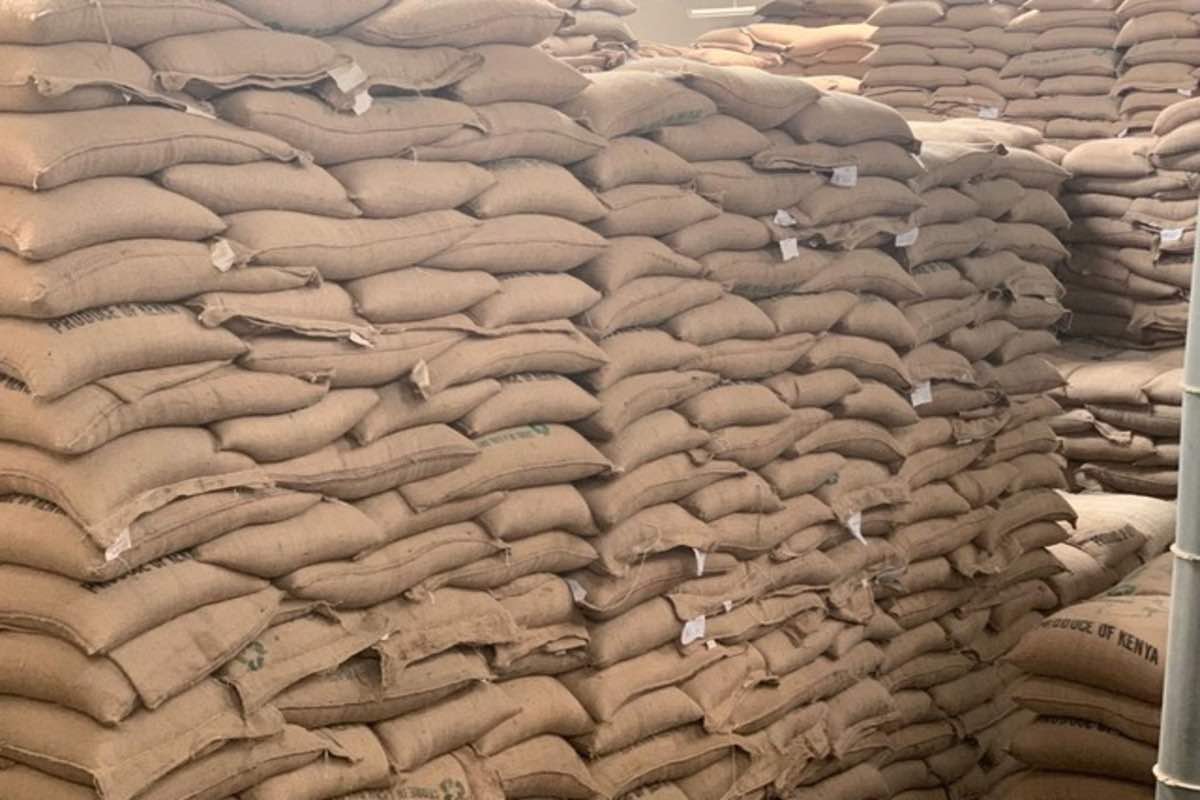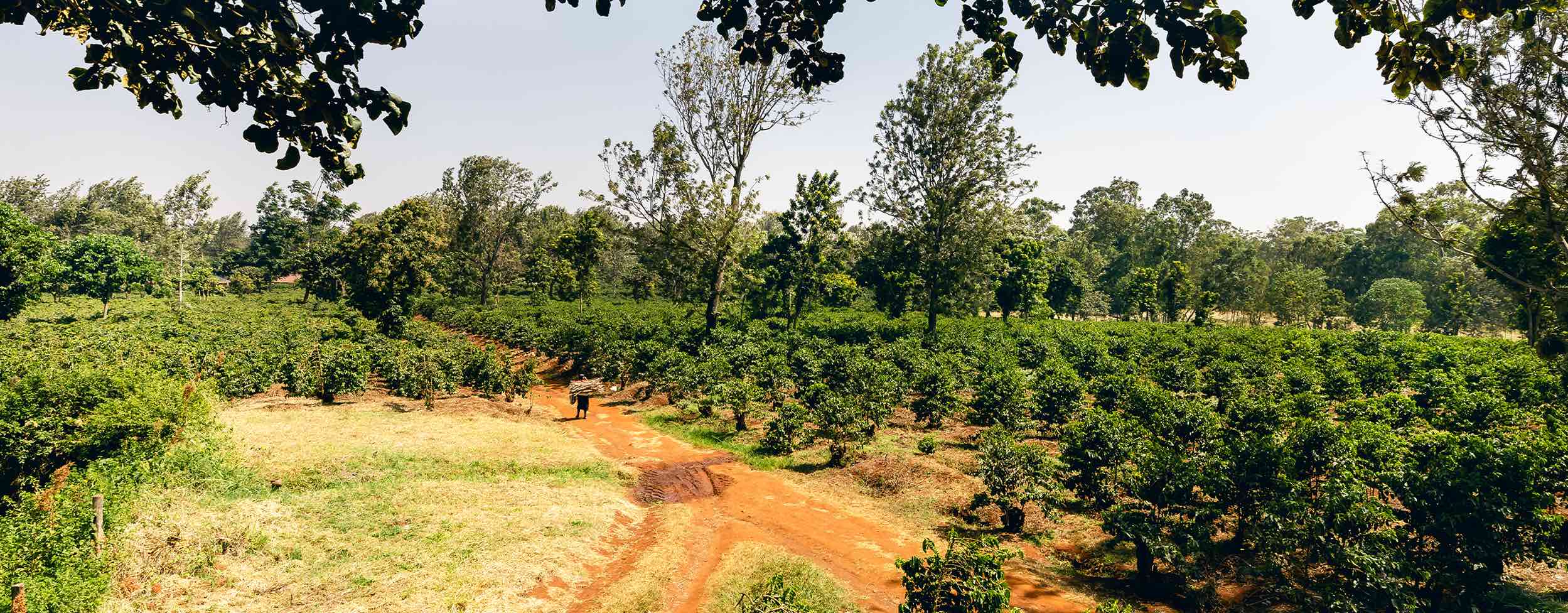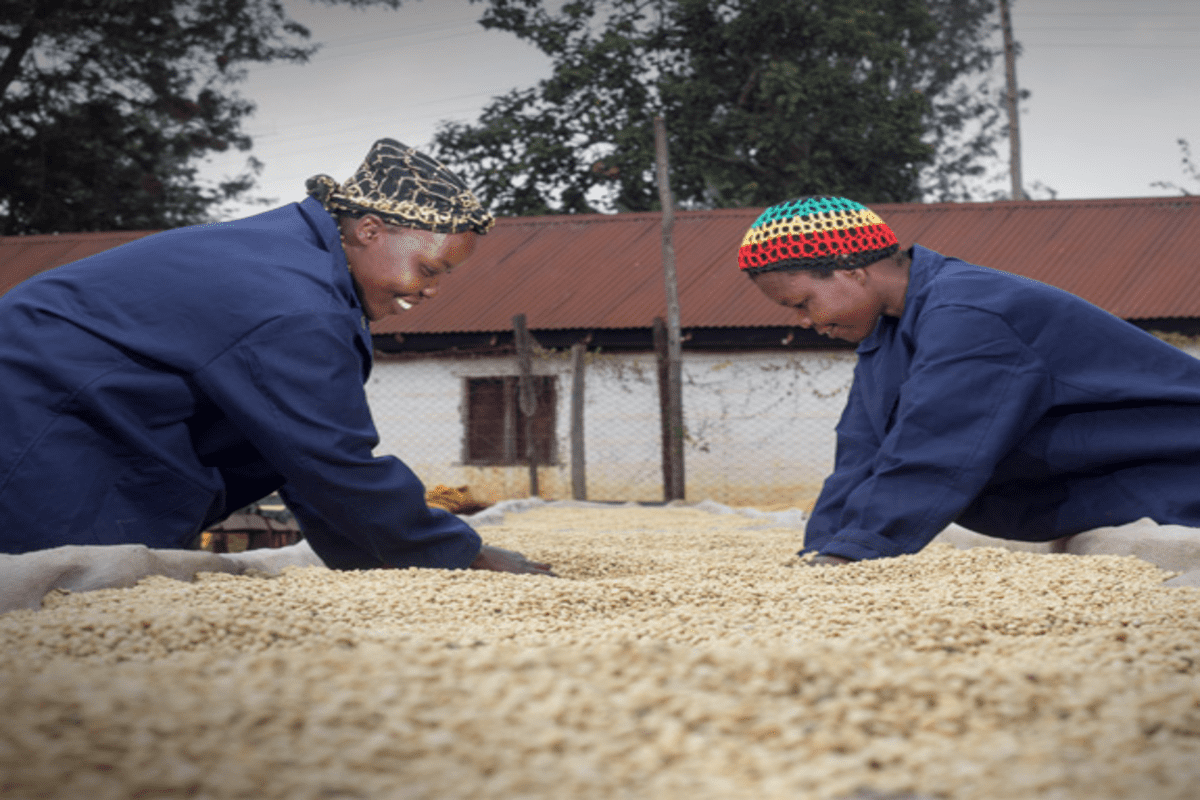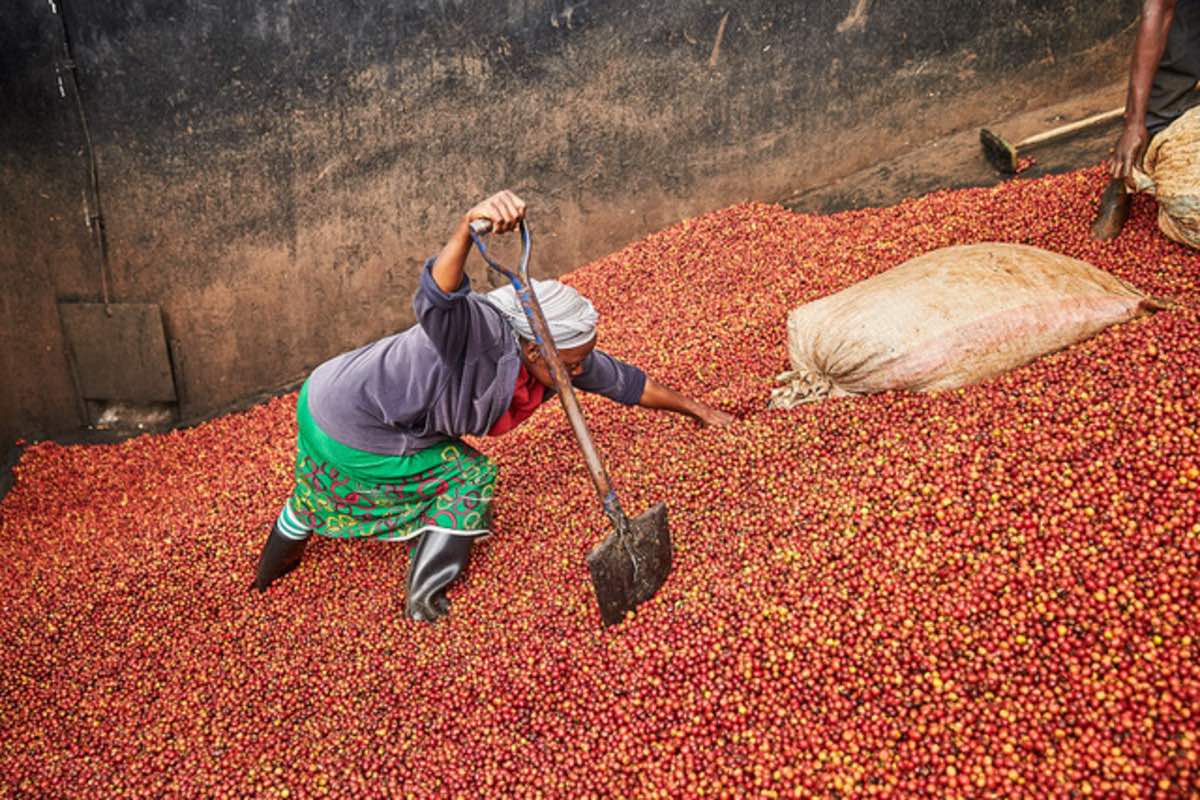
ICO- Summary Coffee Report & Outlook December 2023
Executive Summary:
The Summarised report on the global coffee industry, referencing information from coffee year 2022/23 and projections for 2023/24, highlights key trends and factors influencing coffee production and consumption worldwide.
- In the coffee year 2022/23, global coffee production slightly increased by 0.1% to reach 168.2 million bags. Notably, this overall growth masked significant regional variations, with the Americas expanding while Asia & Oceania and Africa experienced declines of 4.7% and 7.2%, respectively. Unfavorable weather conditions, particularly affecting key producers like Vietnam, Côte d’Ivoire, and Uganda, contributed to the production decreases in these regions. South America, driven by Brazil’s biennial production-affected increase, countered this trend, resulting in a combined output of 100.5 million bags for the Americas.
- The split between the Americas and the rest of the world also influenced the production dynamics between Arabica and Robusta coffee. Arabica output increased by 1.8% to 94.0 million bags, while Robusta decreased by 2.0% to 74.2 million bags.
- Looking forward to the coffee year 2023/24, global coffee production is expected to rise significantly by 5.8% to 178.0 million bags. This projection anticipates a substantial recovery in Arabica production to 102.2 million bags and an increase in Robusta production to 75.8 million bags. Factors influencing this outlook include the resolution of the impact of the July 2021 frost in Brazil and the expected El Niño weather phenomenon, which may affect Asia, particularly Indonesia.
- The coffee industry continues to grapple with challenges from the COVID-19 pandemic. Contrary to expectations of a modest positive growth rate, global coffee consumption for the year 2022/23 actually decreased by 2.0% to 173.1 million bags. This deviation from the established pattern is attributed to factors such as high living costs, reduced disposable incomes, and a substantial drawdown of stocks, reflecting the challenging global economic environment.
- The outlook for coffee consumption in the year 2023/24 is framed by the assumption of continued global economic growth above 3.0%. It is expected that the industry will respond positively to the drawdown of stocks, resulting in a 2.2% growth in world coffee consumption to 177.0 million bags. Non-producing countries are anticipated to make the most significant contribution to this increase, with a projected expansion of 2.1% in their coffee consumption.
- Consequently, the world coffee market is expected to have a surplus of 1.0 million bags in the coffee year 2023/24.
World Coffee Production (2022/23):
– Global coffee production increased marginally by 0.1% to 168.2 million bags.
– Regional disparities were notable, with the Americas expanding and other regions, particularly Asia & Oceania and Africa, experiencing declines.
– Adverse weather conditions impacted key producers in Asia & Oceania and Africa, leading to a 4.7% and 7.2% decrease, respectively.
– The Americas, led by South America’s 4.8% increase (driven by Brazil’s biennial production effect), mitigated the overall decline.
– Production split between Arabicas and Robustas reflected the Americas’ dominance, with Arabicas increasing by 1.8% to 94.0 million bags, and Robustas decreasing by 2.0% to 74.2 million bags.
Graph I: Summary of the World Coffee Market – Million 60-Kg Bags
Coffee Production Outlook (2023/24):
– Anticipated global coffee production for 2023/24 is expected to rise by 5.8% to 178.0 million bags.
– The biennial production effect, particularly in Brazil, will play a significant role in the outlook.
– Adverse weather conditions from the previous year are expected to persist, affecting the outlook for 2023/24.
– The Americas are projected to continue leading in production, with Arabicas reaching 102.2 million bags and Robustas increasing to 75.8 million bags.
World Coffee Consumption (2022/23 and Outlook for 2023/24):
– Despite expectations for positive growth, global coffee consumption decreased by 2.0% to 173.1 million bags in 2022/23.
– Economic challenges, including high living costs, falling disposable incomes, and a significant drawdown of stocks, contributed to this unexpected decline.
– For 2023/24, an optimistic outlook expects consumption to rebound, growing by 2.2% to 177.0 million bags.
– Non-producing countries are expected to contribute significantly to the overall increase in consumption, expanding by 2.1%.
World Coffee Market Outlook (2023/24):
– The world coffee market is anticipated to run a surplus of 1.0 million bags in 2023/24.
– Positive economic growth expectations, coupled with the industry responding to stock drawdowns, are factors contributing to the projected surplus.
World Economic Outlook (2022/23):
– The global economy is recovering from the COVID-19 pandemic, but challenges such as high inflation and interest rates persist.
– The International Monetary Fund’s World Economic Outlook indicates a 0.5 percentage point slowdown in 2023, with the Eurozone being particularly affected.
Economic Outlook by Region (2022/23):
– Varied economic performances across regions, with Africa experiencing slower growth, Europe maintaining stability, and North America and Asia & Oceania showing positive signs.
– Central banks globally respond to high inflation by tightening monetary policies.
Regional Economic Highlights (2022/23):
– Africa exhibits cautious optimism despite slowing growth.
– Europe’s GDP growth remains stable, with positive consumer confidence in coffee consumption.
– The Caribbean, Central America, and Mexico show a 19% increase in GDP, with attention on resilience against shocks.
– North America maintains strong economic output, with positive indicators for coffee consumption.
– South America faces challenges with reduced international demand and economic growth, while Asia & Oceania demonstrates growth potential.
The International Coffee Organization (ICO) provides a comprehensive report on global coffee production and consumption trends, focusing on the coffee year 2022/23 and offering insights into the outlook for 2023/24. Below is a summary of key information from the ICO report presented by Servicoff Limited:
Global Coffee Production (2022/23):
-
Total Production – Africa:
– Africa’s coffee production decreased by 7.2% to 17.9 million bags, with Uganda, Ethiopia, and Côte d’Ivoire experiencing notable changes.
– Uganda faced a 6.8% decline due to a second consecutive year of drought.
– Ethiopia, despite initial optimism, saw a 1.0% increase in production.
– Côte d’Ivoire suffered a significant 64.7% production drop due to the prior year’s large harvest and drought impac
-
Arabica Coffee Production:
– Arabica production increased by 1.8% globally, reaching 94.0 million bags.
– South America, led by Brazil, contributed to the growth, with a 2.6% increase to 57.4 million bags.
– Despite the recovery, Arabica coffee production continues to exhibit a downward trend.
-
Robusta Coffee Production:
– Globally, Robusta production fell by 2.0% to 74.2 million bags.
– Asia & Oceania and Africa experienced negative growth, while South America saw a 10.4% increase in Robusta output.
– Vietnam, the largest Robusta producer, faced a 9.8% decrease.
-
Outlook for Coffee Year 2023/24:
– Predictions include a 5.8% increase in global coffee production to 178.0 million bags.
– The Arabica share is estimated at 57.4%, with South American production increasing by 9.8% to 89.3 million bags.
Global Coffee Consumption:
-
Consumption Trends (2022/23):
– World coffee consumption decreased by 2.0% to 173.1 million bags.
– Factors such as the high cost of living, falling disposable incomes, and a long stocks drawdown influenced the decline.
-
Outlook for Coffee Year 2023/24:
– Global consumption is expected to grow by 2.2% to 177.0 million bags.
– North America is anticipated to lead the growth with a 3.8% increase.
Regional Consumption (2022/23):
– North America saw the largest decrease in consumption, falling to 29.8 million bags.
– Africa’s consumption fell by 4.7% to 12.3 million bags.
– Asia & Oceania increased consumption by 0.6%, reaching 44.5 million bags.
– Europe’s consumption decreased to 53.1 million bags, and South America’s increased to 27.5 million bags.
Outlook for Coffee Year 2023/24 (Regional):
– North America’s consumption to grow by 3.8%.
– Europe’s consumption to recover at a rate of 1.1%.
– The Caribbean, Central America & Mexico to see a 2.3% increase.
– South America’s consumption to undergo a 1.1% increase.
– Africa and Asia & Oceania’s consumption to each expand by 2.7%.
This summary provides an overview of the ICO’s detailed analysis of the global coffee market, emphasizing key production and consumption trends for the specified years.
Conclusion:
The above summarised comprehensive report provides insights into the dynamic global coffee industry, detailing production, consumption, and economic factors shaping the market. The outlook for 2023/24 suggests a rebound in consumption, driven by positive economic growth and responses to stock drawdowns. Regional variations and challenges underscore the need for industry stakeholders to navigate a complex landscape in the coming year.
To access the Full ICO report click here: International Coffee Organization – Coffee Report & Outlook December 2023






